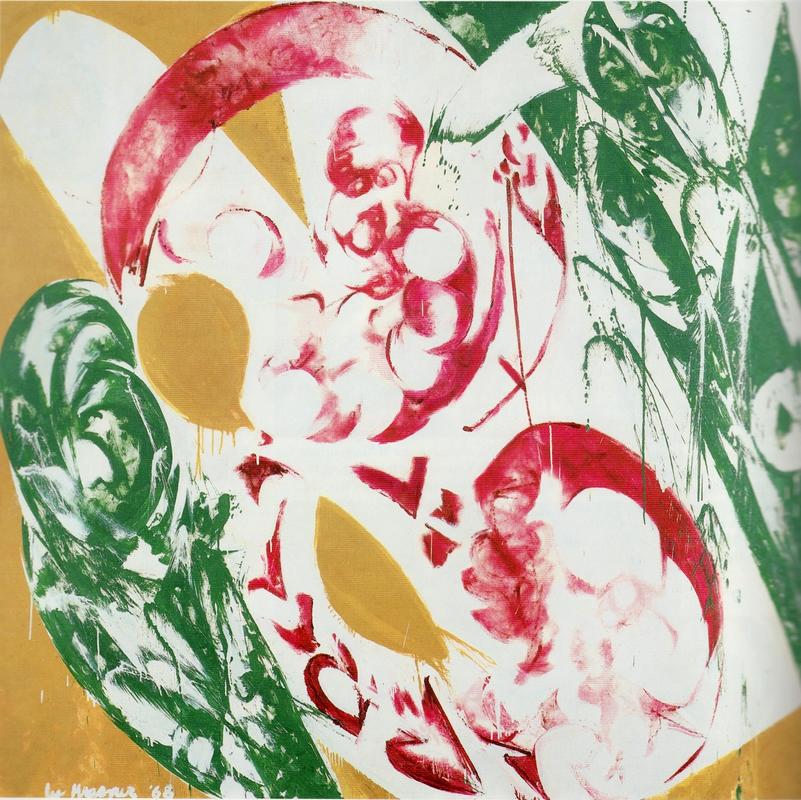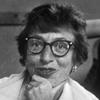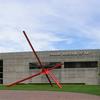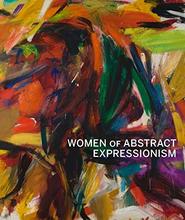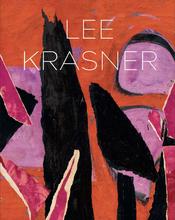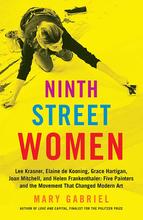More about Pollination
- All
- Info
- Shop

Sr. Contributor
When it comes to the art-historical circle jerk of Abstract Expressionism, ladies like Lee Krasner don’t get nearly as much credit as they deserve.
So let’s do this particular lady artist a solid and start considering her achievements as separate from those of her husband Jackson Pollock. While it would be impossible to totally separate her narrative from Pollock’s (the two started dating and sharing a studio in 1942 – before either of them reached any sort of notoriety), Krasner is certainly an accomplished artist in her own right. But, of course, not without having to overcome some obstacles.
Krasner’s professional artistic difficulties had nothing to do with her character or ability to paint. After World War II, many women had a hard time getting noticed for their contributions. As women began asserting themselves and crossing previous boundaries about what was considered “acceptable” for women, male fragility shone through in full force. Despite the many ways in which women stepped up to do domestic jobs when men left to fight in the war, men made professional opportunities less available for women after the war ended. Before painting as a full-time artist, Krasner earned a teaching certification because, well, that was what female artists were expected to do. Early in her career, Krasner changed her name from Lenore to Lee and signed her paintings with just her initials. Pollination, however, includes Krasner’s full signature, perhaps as a way to recapture her womanhood.
Pollination traces some of Krasner’s many periods of artistic redefinition. She began working on the original canvas in the 1950s, and many of the painting’s gestural strokes survived from the era when Abstract Expressionism reigned supreme. Unlike male counterparts like Mark Rothko and Barnett Newman whose colors were somber and serious, Krasner worked in bold colors. She returned to finish the canvas in the late 1960s, when she more frequently completed larger works. Her ‘60s paintings can be viewed as her reworking the traumas of the previous decades, like that time her husband got wasted , cheated on her, and then died in a fiery car crash.
In 1947, Peggy Guggenheim lent Pollock and Krasner some cash to move out of Manhattan to the beautiful, Long Island countryside. It was here that Krasner and Pollock devised the methods that initiated the now-infamous drip paintings. After their move out east, Jackson’s studio occupied the huge barn on their Hamptons property, which allowed him to work on the mural-sized scale for which he is best known. Krasner’s studio, on the other hand, was confined to a small bedroom inside the main house, which forced her to work on a smaller scale. After Jackson’s untimely death, she renovated his barn studio for her own use and started working on a larger scale. Pollination boasts a height and width of almost 7 feet in either direction.
Don’t be surprised if this painting looks a little tropical to you. Much of Krasner’s later work explores the ideas of femininity and fertility in nature. And with a name like Pollination, there’s a nature sexual innuendo that just can’t be ignored. A fitting topic for an artist concerned with maintaining her own identity as a woman in the boys’ club of American abstraction. After all, they don’t call it mother nature for nothing.
Sources
- Arnason, H.H., and Elizabeth C. Mansfield. History of Modern Art. 7th edition. Upper Saddle River, NJ: Pearson Education, Inc., 2012.
- Dallas Museum of Art. Pollination, Collection. https://www.dma.org/collection/artwork/lee-krasner/pollination. Accessed June 29, 2017.
- Gompertz, Will. What Are You Looking At? New York: Plume, 2012.
- The Art Story. “Lee Krasner.” Artists. http://www.theartstory.org/artist-krasner-lee.htm. Accessed June 29, 2017.
- The Guerrilla Girls. The Guerrilla Girls’ Bedside Companion to the History of Western Art. New York: Penguin Books, 1998.

